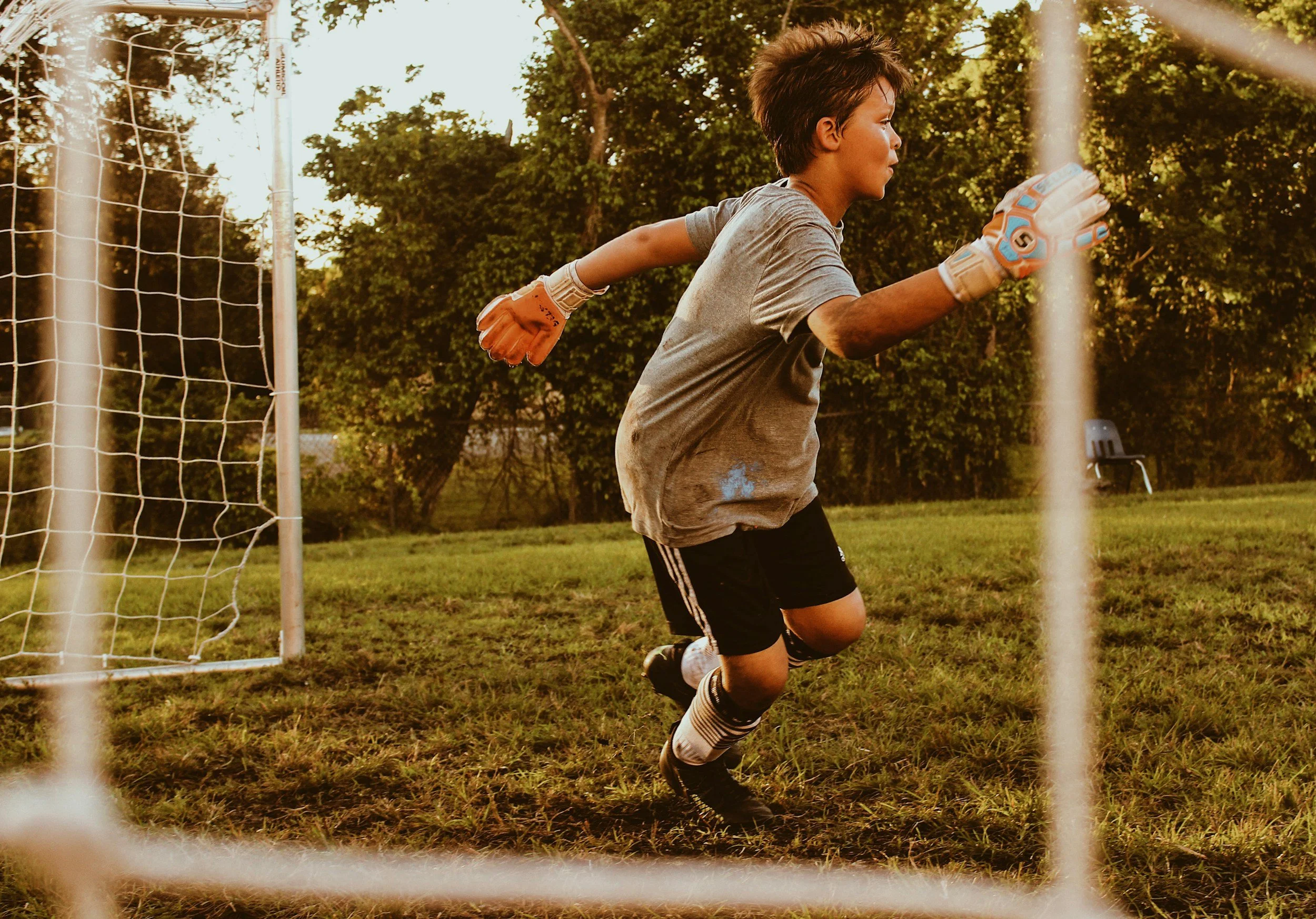Common growth spurt discomfort regions
Growth spurts are a natural part of development, especially during childhood and adolescence. However, rapid growth can sometimes lead to discomfort and pain in various regions of the body. Chiropractic care and massage therapy can play a crucial role in managing these pains and improving overall mobility.
Common Growth Spurt Pain Regions
Knees (Osgood-Schlatter Disease)
Pain and swelling just below the kneecap due to stress on the growing tibial tuberosity.
Heels (Sever’s Disease)
Heel pain caused by inflammation of the growth plate in the heel due to rapid bone growth.
Lower Back
Postural changes and muscle tightness due to sudden height increases can lead to discomfort in the lower back.
Hips
Tight hip flexors and imbalanced muscle growth can contribute to hip pain during a growth spurt.
Shoulders
Increased stress on developing joints and muscles can cause shoulder discomfort, especially in active children.
Chiropractic Management for Growth Spurt Pain
Spinal and Joint Adjustments: Helps correct misalignments caused by rapid growth, improving posture and reducing strain.
Postural Assessments: Identifies imbalances and helps prevent long-term musculoskeletal issues.
Movement & Mobility Guidance: Provides exercises and stretches to support balanced growth and flexibility.
Massage Therapy for Growth Spurt Pain
Myofascial Release: Reduces muscle tension and improves blood circulation to promote healing.
Trigger Point Therapy: Targets specific areas of discomfort to alleviate tightness and pain.
Lymphatic Drainage Massage: Helps reduce inflammation and swelling in growing joints.
Exercises to Support Growing Bodies
Knees & Heels
Quadriceps Stretch: Stand on one foot and pull the opposite foot towards the glutes to stretch the front of the thigh.
Calf Raises: Stand on tiptoes and slowly lower back down to strengthen the calf muscles and support the Achilles tendon.
Hamstring Stretch: Sit on the floor with one leg extended and reach towards the toes to stretch the hamstrings.
Lower Back & Hips
Pelvic Tilts: Lie on the back with knees bent, gently tilting the pelvis forward and back to strengthen core muscles.
Hip Flexor Stretch: Kneel on one knee with the opposite foot forward, leaning slightly to stretch the hip flexors.
Glute Bridges: Lie on your back with knees bent, lifting the hips towards the ceiling to strengthen the glutes and lower back.
Shoulders & Upper Body
Wall Angels: Stand against a wall and slowly move the arms up and down like making a snow angel to improve shoulder mobility.
Cross-Body Shoulder Stretch: Bring one arm across the chest and gently pull it towards the body to stretch the shoulder muscles.
Thoracic Extension Stretch: Sit in a chair and extend the upper back over the backrest to improve mobility in the mid-back.
Certain sports can exacerbate growth spurt-related pain due to repetitive stress, high-impact movements, and increased physical demands on growing joints and muscles. Here are some of the most common aggravators:
Sports That Aggravate Growth Spurt Pain
Basketball – Frequent jumping and quick direction changes can strain the knees (Osgood-Schlatter Disease) and heels (Sever’s Disease).
Soccer – High-impact running, kicking, and sudden stops can stress the knees, heels, back and hips.
Gymnastics – Intense flexibility demands and repetitive impact on the wrists, ankles, and lower back can worsen pain.
Running/Track & Field – Distance running or sprinting can place excessive stress on the heels, knees, and hips.
Tennis & Badminton – The quick lateral movements and repetitive jumping can aggravate knee and ankle pain.
Football (AFL, Rugby, American Football) – High-impact collisions and sudden movements put stress on growing joints, particularly the back, knees, and shoulders.
Dancing (Ballet, Hip-Hop, Jazz) – Continuous stress on the feet, knees, and hips from jumping and pivoting can worsen growth-related pain.
If a child experiences pain during a growth spurt, modifying their training load, incorporating proper warm-ups, and seeking chiropractic care or massage therapy can help manage symptoms effectively.


